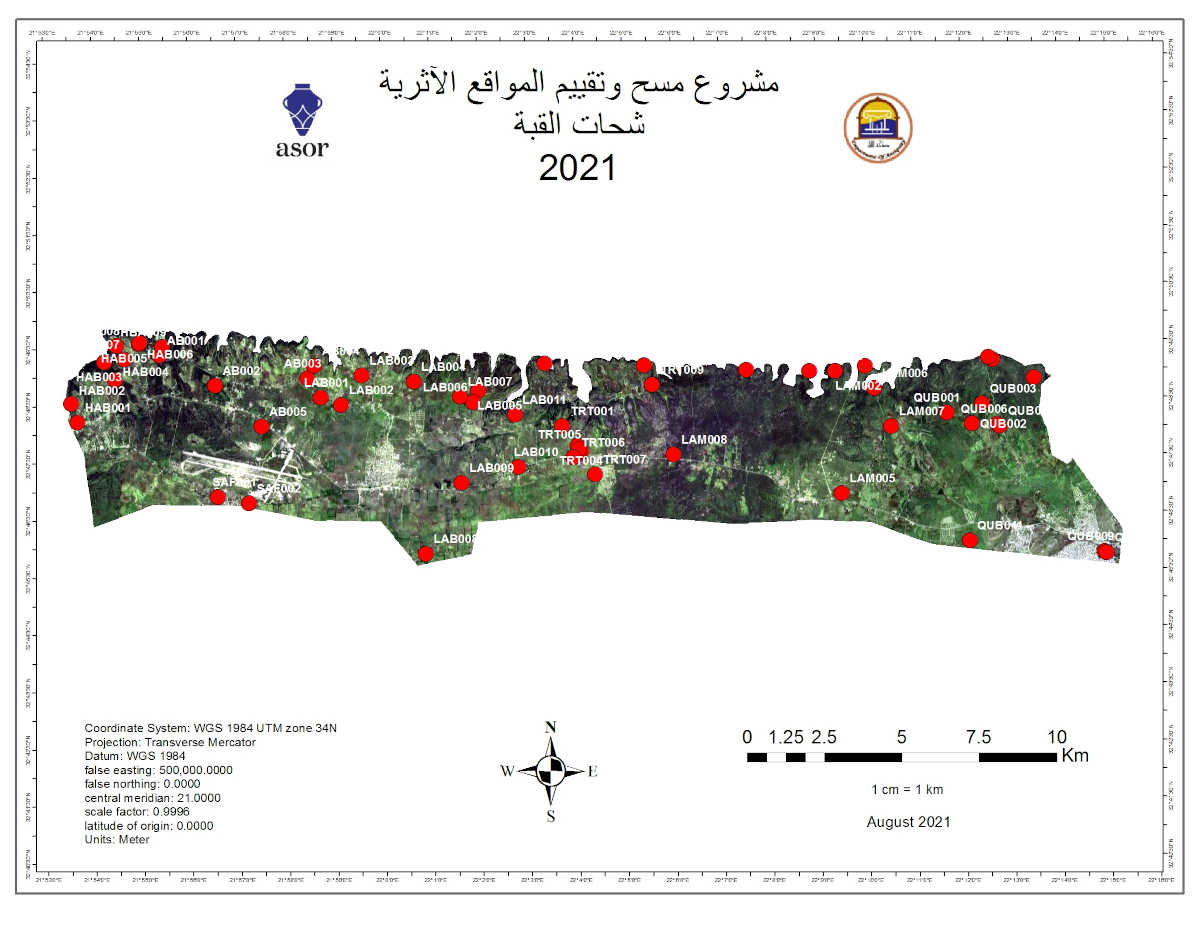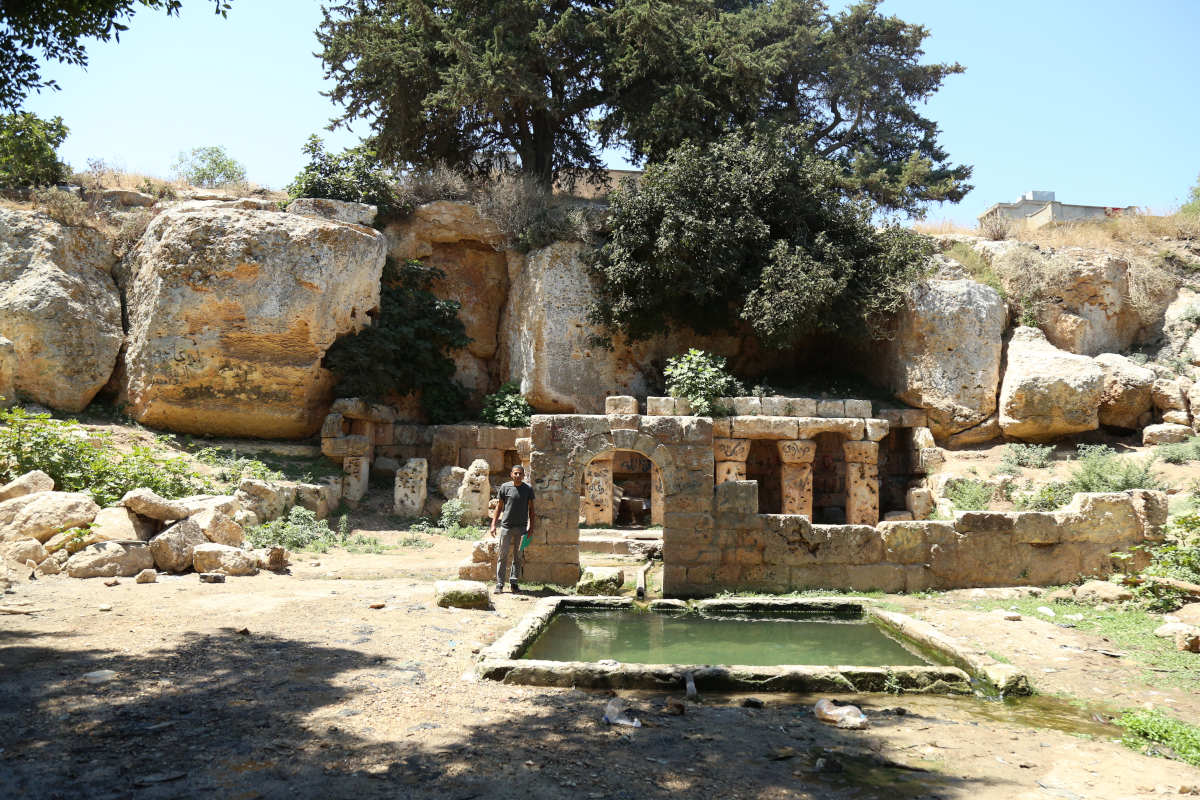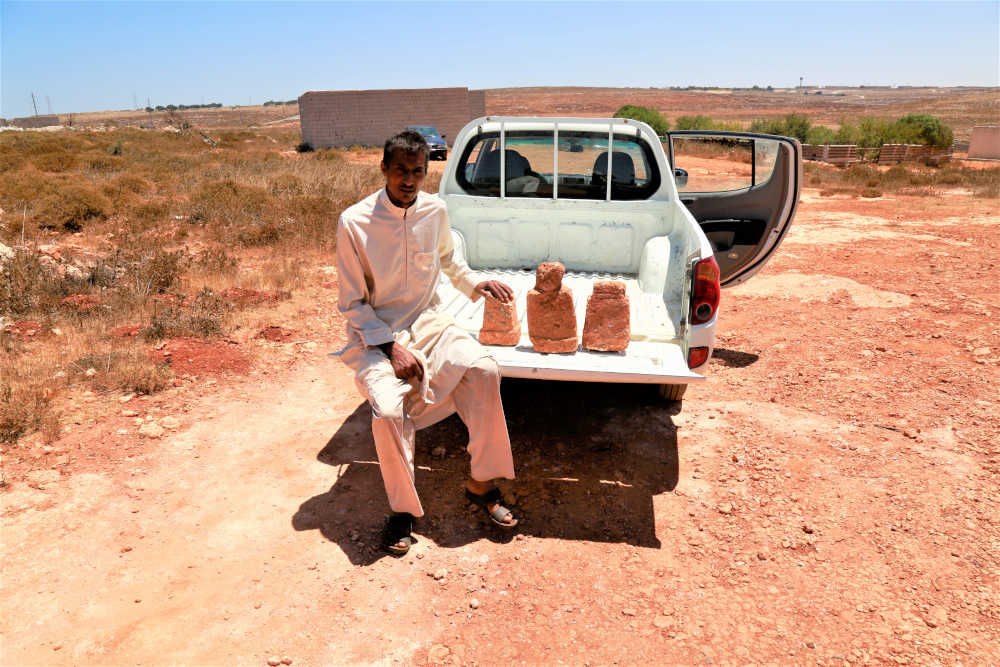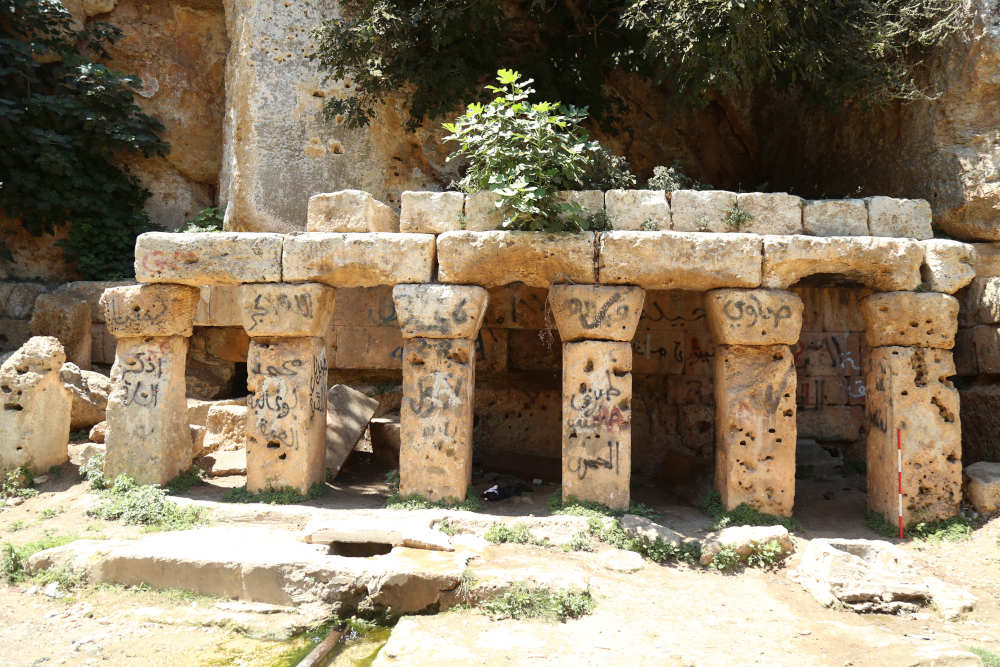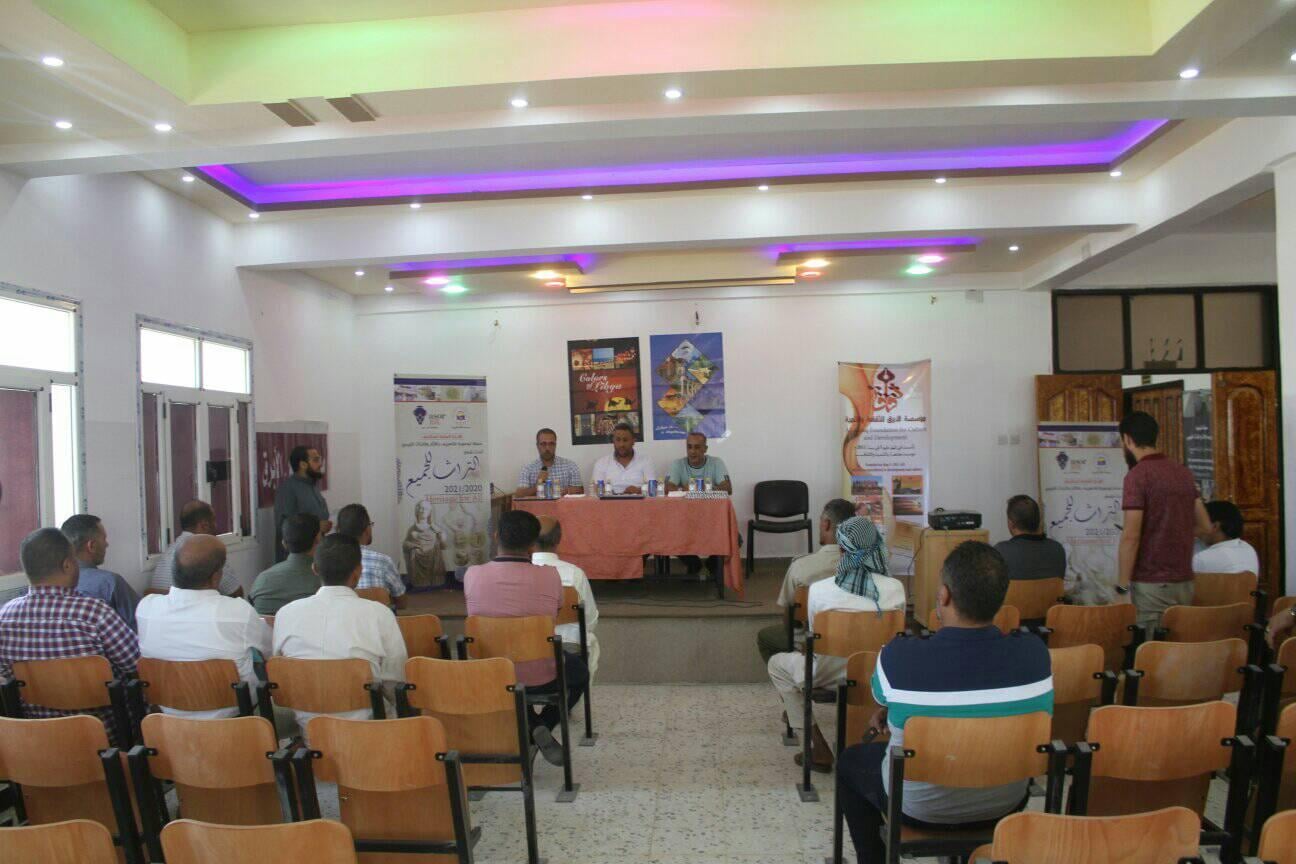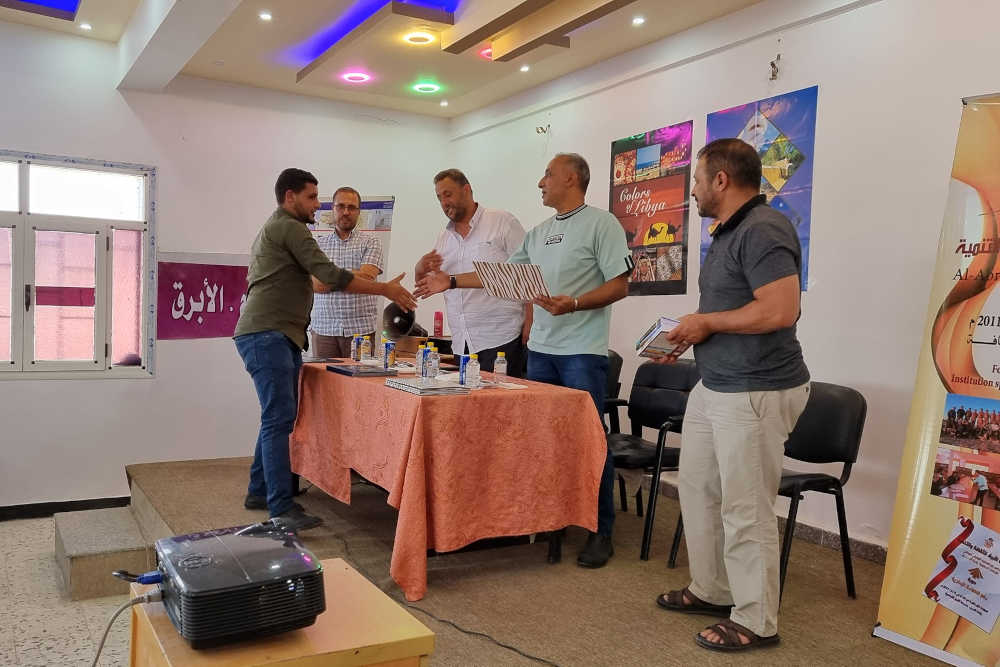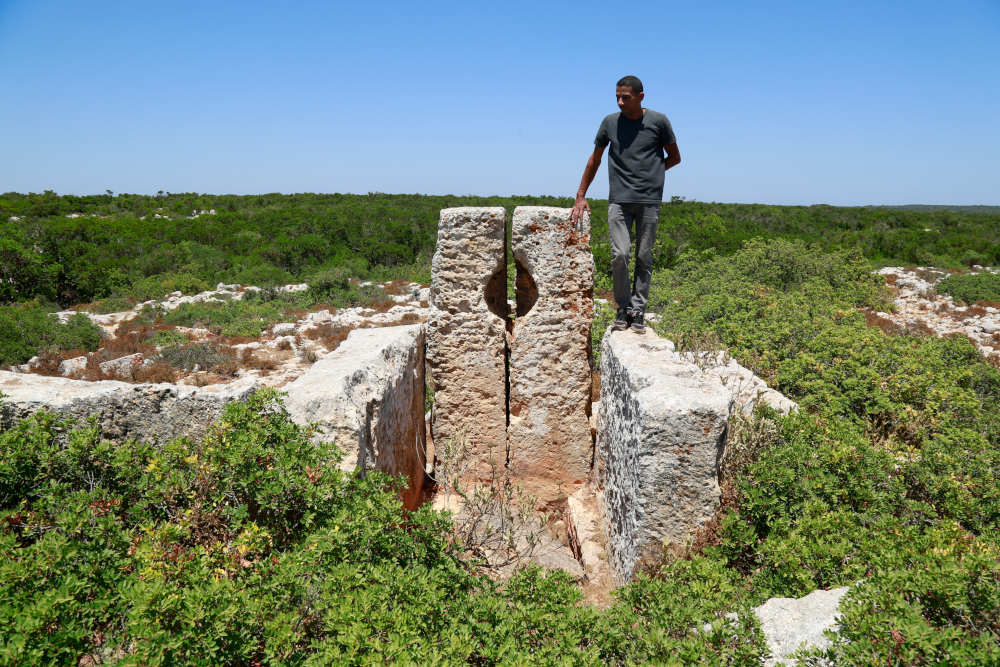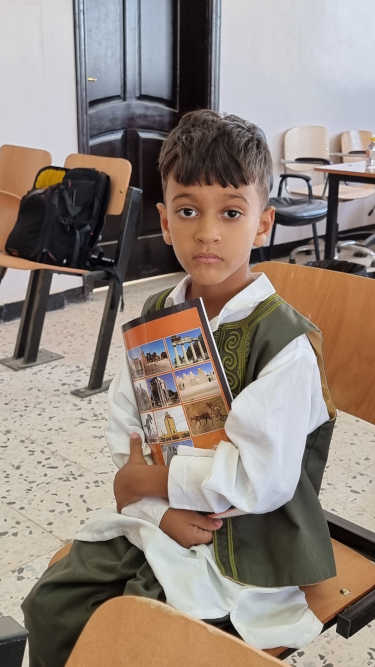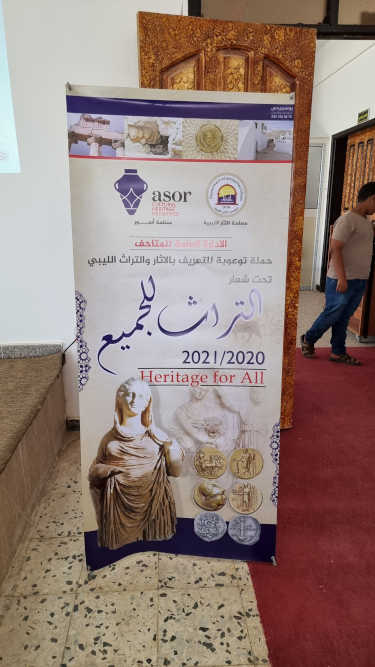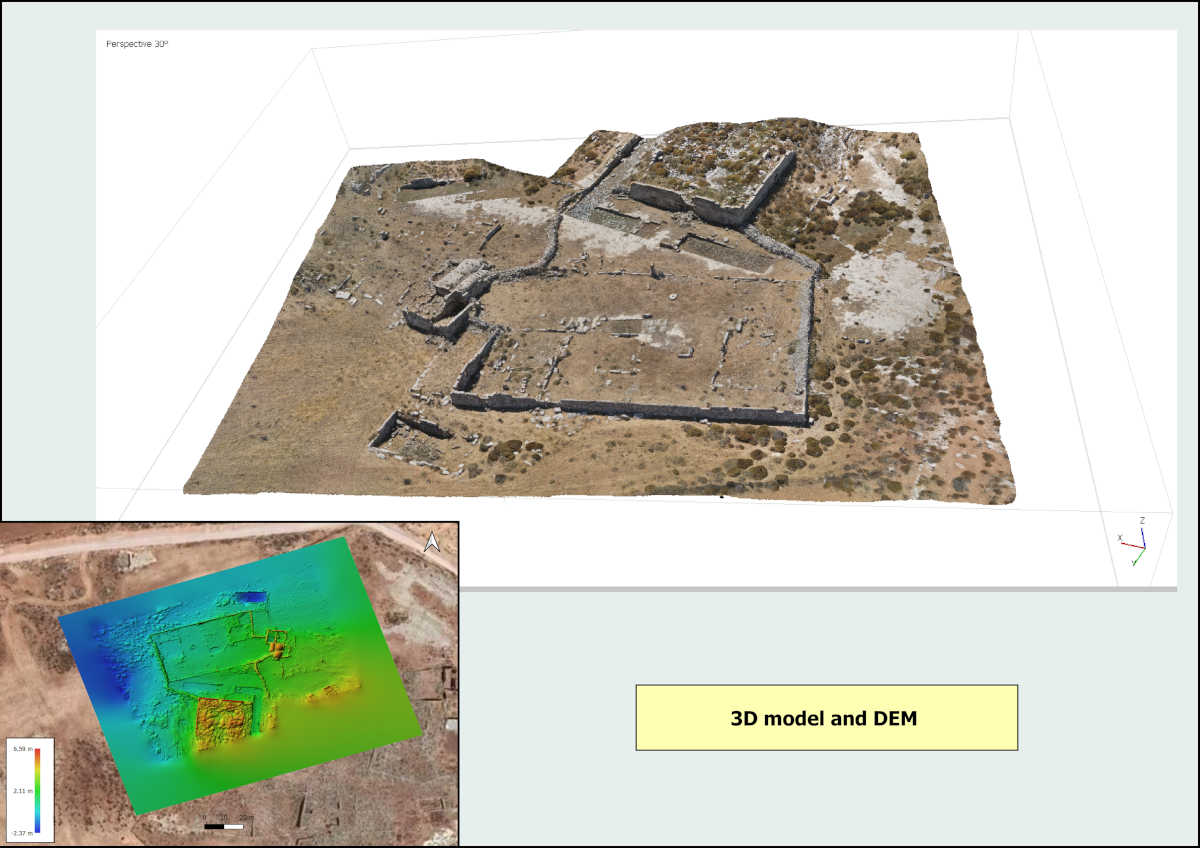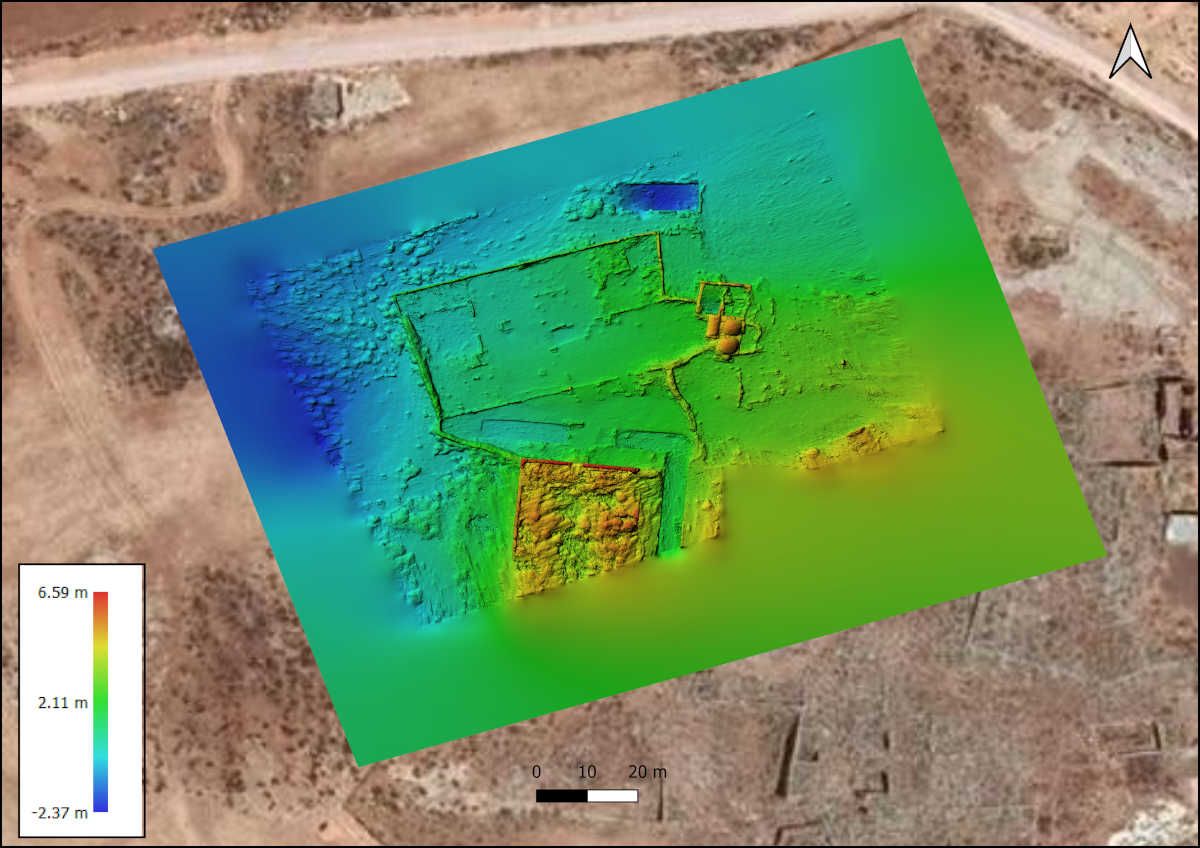During about four weeks of work, we were able to document and evaluate the condition of 56 main sites and about 50 subsites dating back to different historical periods, from Greek, Roman, Byzantine, Ottoman, and Italian periods. These sites varied from fortified farms, forts, defensive towers, churches, tombs of various types to oil and wine presses, bathhouses, and others. Unfortunately, all sites are subject to multiple violations such as urban sprawl, clearing, illegal excavations, and neglect. The vast majority of them are located within private property and the owners’ permission had to be obtained to access them. Many of the sites, especially tombs and rock-cut chambers, are still used today by the owners of the lands as animal shelters and storehouses for their crops.
The Department of Antiquities is making an effort to protect these sites despite the lack of resources. Perhaps the awareness programs they are carrying out come at the top of these efforts. During our project, we organized three awareness campaigns, and we will continue to do so when schools reopen next October.




